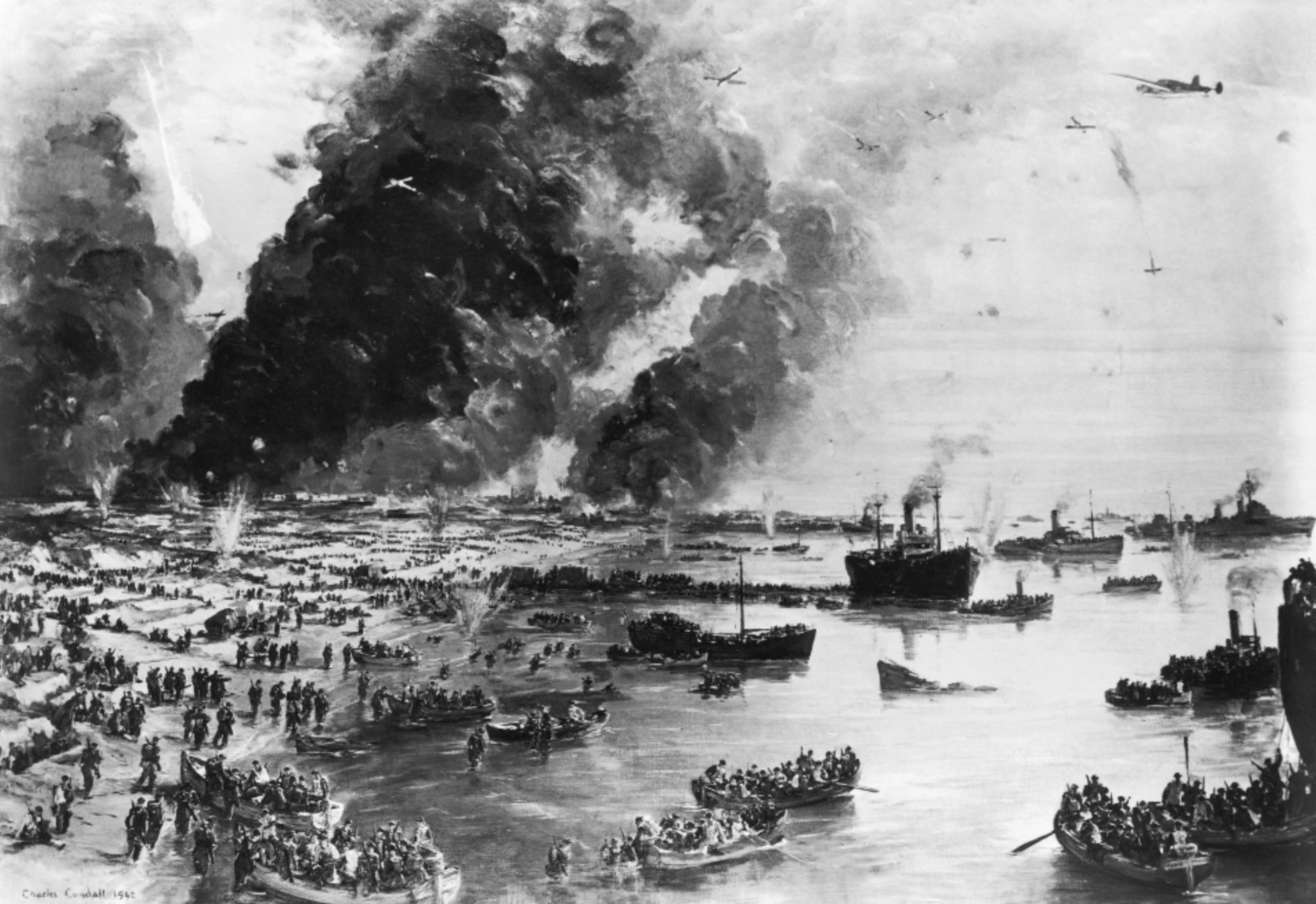
The dramatic rescue of trapped Allied soldiers is depicted in “The Withdrawal from Dunkirk, June 1940” by Charles Cundall. [Alamy]
British prime minister
Winston Churchill called the 1940 evacuation of British and Allied troops from the French port at Dunkirk “a colossal military disaster.” He also called it “a miracle of deliverance.”
Somehow, defeat had turned to victory, of sorts.
Between May 27 and June 4, a ragtag fleet of 850 barges, ferries, fishing boats, lifeboats and pleasure craft, all summoned by the small-craft section of the British Ministry of Shipping, set sail from Ramsgate and made its way 40 kilometres across the English Channel.
Manned by naval officers, ratings and experienced volunteers—mostly fishermen, a few yachtsmen and one legendary seaman—they navigated the shallow waters into Dunkirk and managed to rescue some 338,000 soldiers from advancing German forces.
Some acted as shuttles ferrying soldiers from the beaches to deep-draft warships offshore while others, sailing under relentless attack from Luftwaffe aircraft, carried hundreds of soldiers apiece back to England to fight another day:
• Royal Daffodil II, a ferry owned by the General Steam Navigation Company of London, evacuated 7,461 men in five trips between May 28 and June 2, the most of any passenger vessel. It was attacked by six German planes on June 2. The vessel limped back to port with a hole below the water line.
• Known as “the Heroine of Dunkirk,” the paddle steamer Medway Queen made the most round trips—seven—and rescued 7,000 men. The ship is now a floating museum at the Gillingham Pier in Kent, England.
• The London-based fireboat Massey Shaw set sail for Dunkirk to help fight fires. Its crew wound up rescuing 500 troops on three cross-Channel trips.
• Sundowner was a motor yacht owned by that legendary seaman, Charles Lightoller, former second officer of RMS Titanic. When Sundowner was requisitioned on May 30, Lightoller insisted that he and his son Roger, along with a sea scout named Gerald Ashcroft, would do the sailing. They transported 127 soldiers back to Ramsgate, where the vessel is now docked.
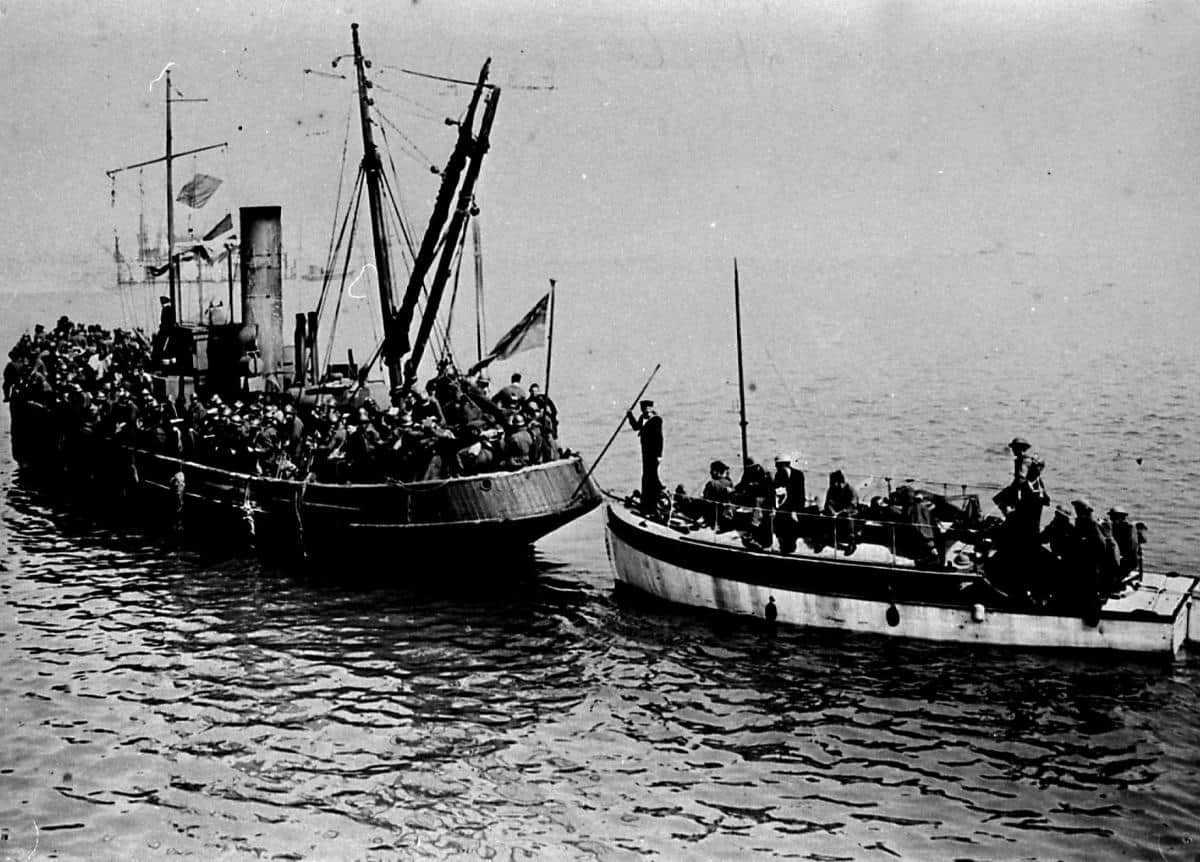
Boats and ships of all sizes evacuated British, French and Belgian troops from Dunkirk in 1940. [World History Archive / Alamy Stock Photo]
“Over these craft wheeled swarms of German high bombers, down at them plunged wedge after wedge of dive-bombers. Day and night the sea air was filled with screaming gulls and bats of death,” said the magazine.
The evacuees were aided by fog and the recommendation by two Wehrmacht generals, Gerd von Rundstedt and Günther von Kluge, to halt the German tanks about 30 kilometres from Dunkirk to consolidate forces and prevent an Allied breakout. Hitler sanctioned the order on May 24, backed by the German high command.
Some historians blame Luftwaffe chief Hermann Göring for the pivotal decision, postulating that he convinced Hitler that his planes could do the job. They didn’t.
Vastly outnumbered, Royal Air Force fighter pilots flew 3,500 missions over the French port, somehow managing to keep the Luftwaffe from destroying everything in its sights. Dozens of German bombs failed to detonate in the soft sand as escaping soldiers waited, exposed, then bolted for the water as their boats arrived.
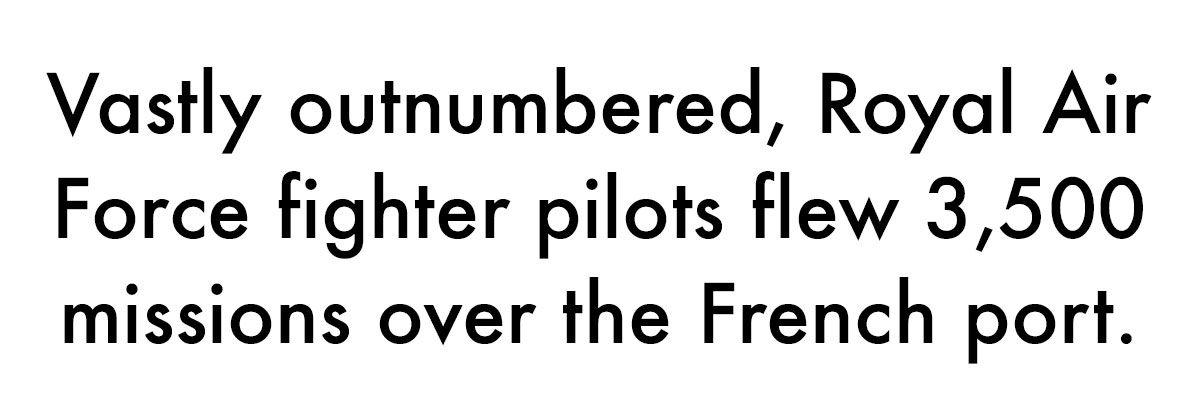
“When the soldiers reached the sea, they hid (one of them said later) ‘like rabbits among the dunes,’” Time reported.
“They were in smoke-grimed rags and tatters, many shoeless, some still lugging packs and rifles, others empty-handed in their underclothes after swimming canals. They were too din-deafened and inured to horror to be fully sensible of the incredible cataclysm that still raged over them.”
On June 1, The Manchester Guardian reported from Ramsgate that “by every canon of military science the BEF has been doomed for the last four or five days.”
“Completely out-numbered, out-gunned, out-planed, all but surrounded, it had seemed certain to be cut off from its last channel of escape,” it said. “Yet for several hours this morning, we saw ship after ship come into harbour and discharge thousands of British soldiers safe and sound on British soil.”
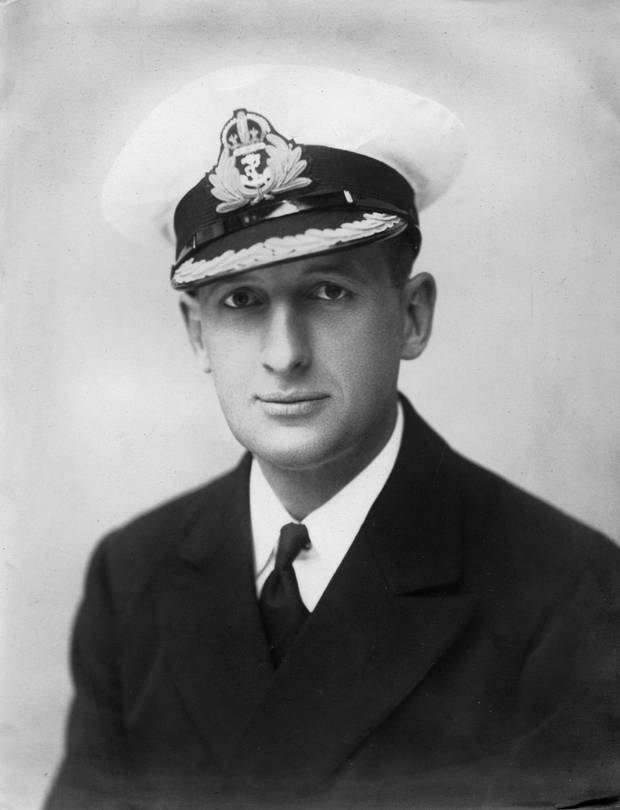
Commander J. Campbell Clouston, a Canadian officer in the Royal Navy and a pier-master during the Dunkirk evacuation, directed the operation at the East Mole breakwater. [Dane Clouston/Canadian Encyclopedia]
Attached to the Naval Shore Party under the command of Captain William Tennant, the Montreal native had been sent to Dunkirk to help organize the evacuation.
He spent just 24 hours in Dover before making one final trip back to Dunkirk. As Clouston made the Channel crossing for the last time, his Royal Air Force crash boat was attacked by eight German Stukas. The vessel was sunk; its crew clung to wreckage in the frigid waters.
Clouston reportedly ordered another boat to continue on. He and all but one of his men succumbed to the elements while awaiting rescue. Clouston is buried in the Commonwealth War Graves Commission Becklingen War Cemetery in Germany.

Make no mistake, Dunkirk was, indeed, a disaster. In spite of the heroic efforts of its citizenry, the British Expeditionary Force suffered 68,000 casualties as the Wehrmacht broke through Belgium and into France.
It could have been much worse if not for a heroic defence mounted by the French.
From the day the Germans invaded on May 10 through the evacuation of Dunkirk, France lost 24 infantry divisions, including six of seven motorized divisions.
While the BEF and its Allies lined the beaches and scrambled aboard virtually anything that would float, 40,000 members of the French 1st Army fought a delaying action against seven German divisions, three of them dreaded Panzer units.
Almost the entire 1st was killed or captured. Some Allied PoWs were summarily executed by German troops even as the beaches were being evacuated.
On May 28, the SS Totenkopf Division marched about 100 surrendering members of 2nd Battalion, the Royal Norfolk Regiment, to a pit on a farm in Le Paradis and machine-gunned them to death, reported Sean Longden in his 2008 book Dunkirk: The Men They Left Behind.
The entire 2nd Battalion of the Royal Warwickshire Regiment was captured near Wormhout, forced into a barn and massacred with grenades.
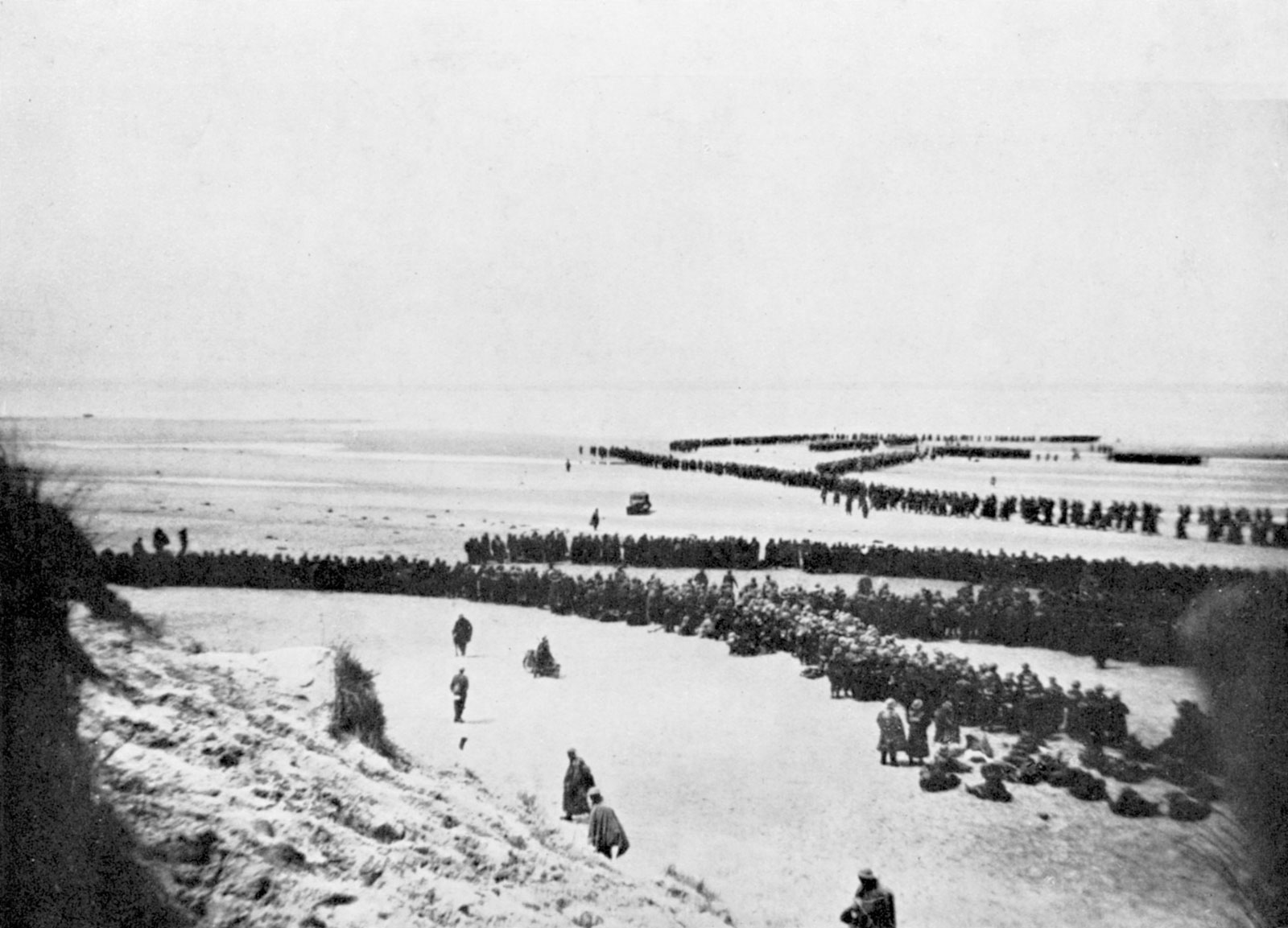
British and other Allied troops wait to be evacuated from the beach at Dunkirk, France, 1940. [Thinkstock]
Reynaud steadfastly refused to support an armistice with Germany and resigned on June 16. He was arrested by Philippe Pétain’s collaborationist administration as he tried to leave the country and imprisoned in Germany and later Austria until the war ended.

The losses in men and materiel were staggering. The British Army left enough kit on the beaches to equip up to 10 divisions—ammunition, 880 field pieces, 310 large-calibre guns, 500 anti-aircraft guns, 850 anti-tank guns, 11,000 machine guns, nearly 700 tanks, 20,000 motorcycles and 45,000 cars and trucks.
There was just enough equipment back in England to outfit two divisions. The shortage was reportedly so severe that the Royal Army Service Corps was reduced to retrieving and refurbishing obsolete buses and coaches from British scrapyards for troop transports. Some were still in use during Field Marshall Bernard Montgomery’s North African campaign against Erwin Rommel in 1942.
The dean of St. Paul’s Cathedral in London, Walter Matthews, coined the phrase “the miracle of Dunkirk” on June 2, saying: “It was obvious to many that God had answered the nation’s collective prayer with the ‘miracle of Dunkirk.’”
Meanwhile, the French fought on, their government in a divisive crisis over what to do. It signed an armistice on June 22, dividing France into two parts, the northern half under direct German occupation and the south under a puppet regime led by Pétain. It had taken the Germans just 18 days after Dunkirk to overrun the country.
Advertisement





















